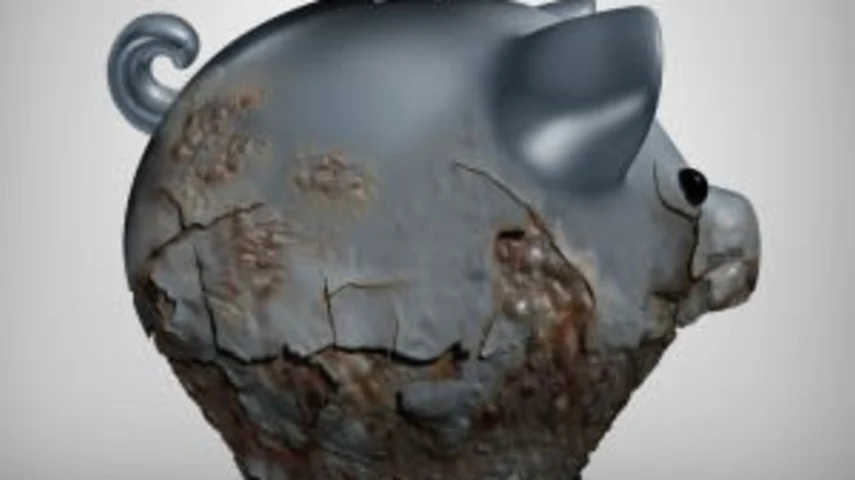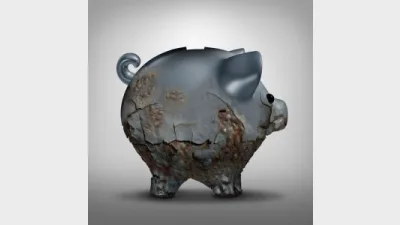Keating lambasts super for mortgage speculation



The Government will be doing irrevocable damage to the superannuation system if it allows people to access their super to help purchase a home, according to former Prime Minister and Treasurer, Paul Keating.
In a column published by Fairfax Media, Keating has reinforced that the two key elements underpinning superannuation were preservation of contributions to age 55 and the compound earnings on those contributions.
“If the preservation rule is breached and savings, especially those of young people, are allowed to drain away, the loss of the accumulation and its compounding would rob them of a large block of savings at the end of their working lives,” he wrote
Keating said the proposed diversion of these savings into housing “would simply push up the price of the current stock of properties. It would add to demand while doing nothing to supply”.
He pointed to the fact that the average superannuation balance of those aged between 25 and 40 hovers around $45,000 stating, “Were this to be taken from a saver's account to be employed as a housing deposit, it would effectively destroy that person's ability to compound any future sum into a meaningful retirement supplement”.
“More than that, once the preservation rule has been breached, the whole investment system would be compromised as superannuation trustees were required to make provision for short-term withdrawals from an otherwise, fully preserved system. This would be completely disruptive to professional funds management.”
Recommended for you
Australia's largest super fund has announced its new chief financial officer as the fund prepares for its next phase of growth.
The industry super fund has appointed a new company secretary with extensive governance experience.
The fund has launched a new campaign after finding many older tradies have lacked confidence understanding entitlements and missed pension income.
Unions and the Opposition have raised fresh concerns about APRA and ASIC’s failures amid fallout from First Guardian and Shield.









